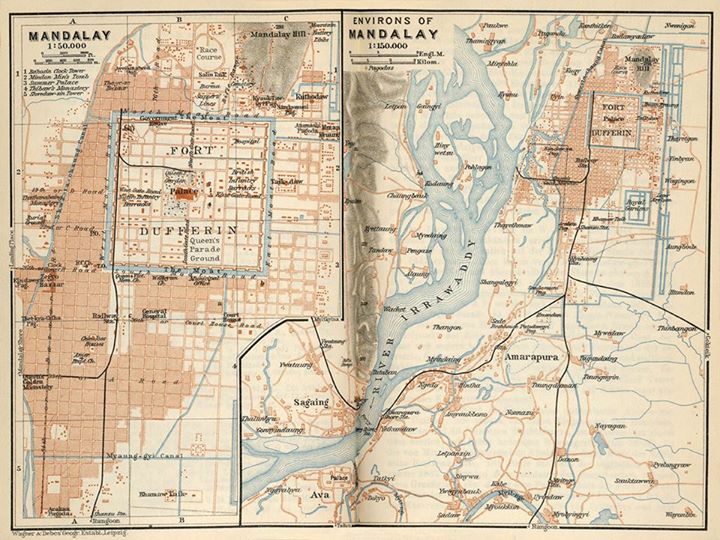British Burma (1826-1942)
For over a hundred years, Britain ruled parts of what is today Myanmar, shaping every aspect of the country’s politics, economy and society.
Far from being a static period of stability, British Burma was marked by change and upheaval. As it had done in India, the colonial power uprooted the ruling dynasty: the last Mughal emperor of India was secretly buried in Rangoon, while the descendants of Burma’s last king ended up living in penury in a slum in Kolkata, India.
It was a time of searching for new identities and political systems, with various forms of resistance to British rule from the armed uprisings during the early “pacification” of Upper Burma to the heated politics and protests of the decades prior to World War Two. The political landscape was peopled by British-educated Burmese politicians and home-grown activists inspired by Ireland’s Easter Rising of 1916. The first-ever election was held in 1922 and, a decade later, it was decided at the Burma Roundtable Conference in London that Burma would separate from British India – perhaps the single most important decision in Myanmar’s 20th-century history.
Through the empire and technological advancements in transport, Burma became connected with the rest of the world like never before: thousands of Chins, Kachins, Burmans and Karens served in World War One and Rangoon was a key stop on the world’s first long-haul commercial flights. Until the Great Depression struck, business boomed with big profits from exporting rice, teak and oil – at one time the Burmah Oil Company was one of the biggest multinational companies in the world.
In 1927, The Chilean poet Pablo Neruda lived in Rangoon and later encapsulated these heady times in a poem describing the capital of British Burma as “a city of blood, dreams and gold
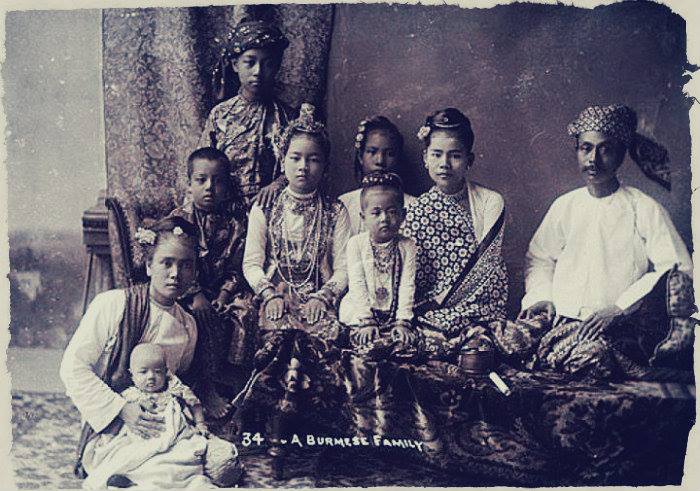
A Burmese family c 1900.
Read more
Getting ready for a man-eating tiger
Read more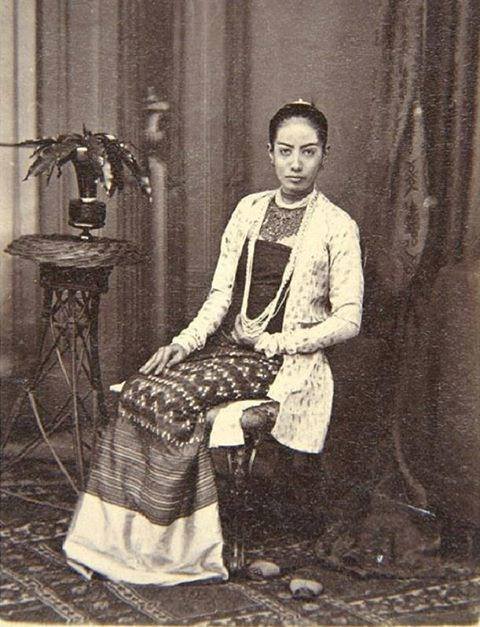
Portrait of an unknown Burmese lady, c. 1900
Read more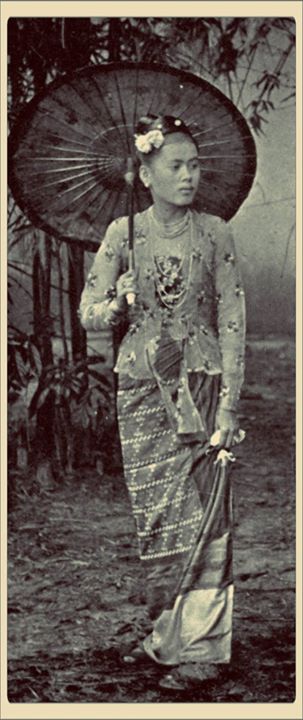
An unidentified maid of honour (apyodaw) from the Mandalay court.
Read more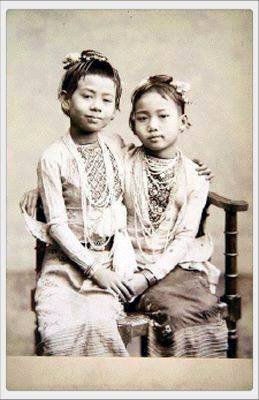
Burmese girls c. 1900
Read more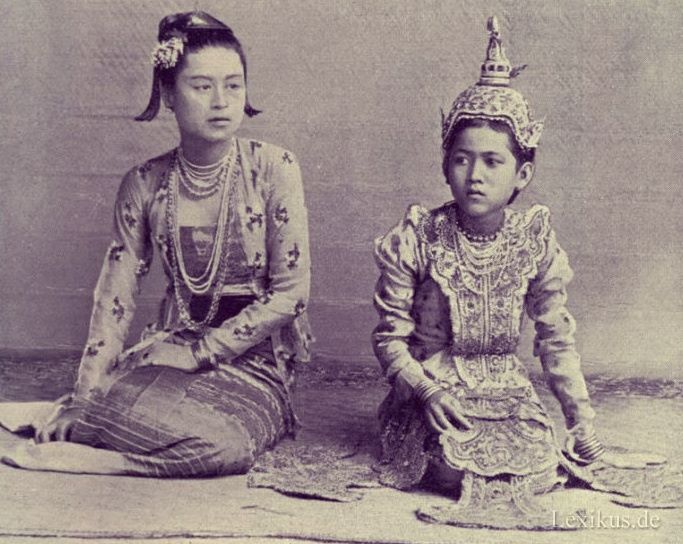
Portrait of a Burmese lady and her daughter c. 1900
Read more
The Felix Beato photography studio on C Road Mandalay c. 1903
Read more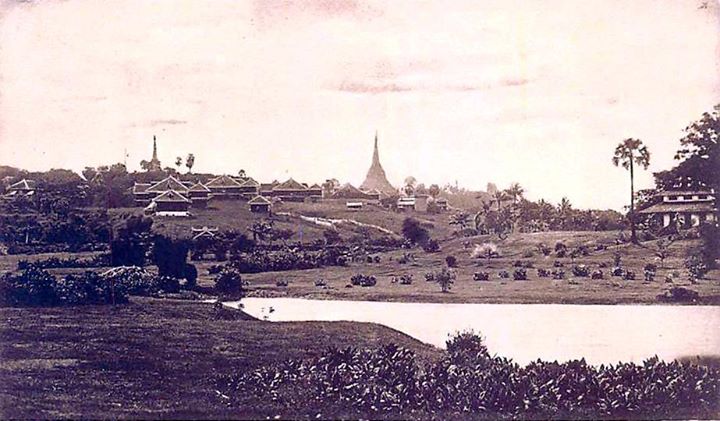
Rangoon 1904
Read more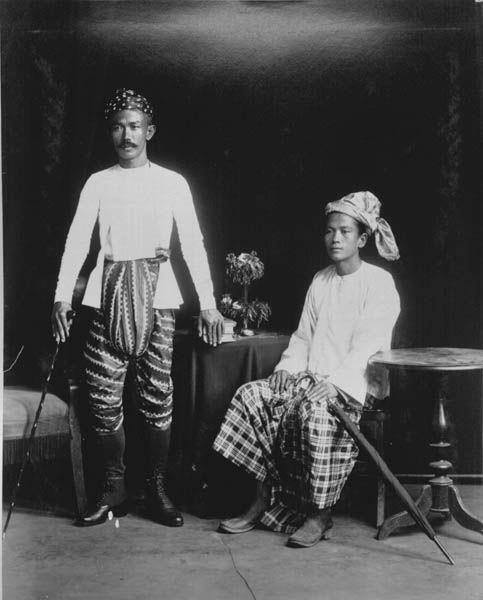
Properly dressed Rangoon gentlemen c. 1905
Read more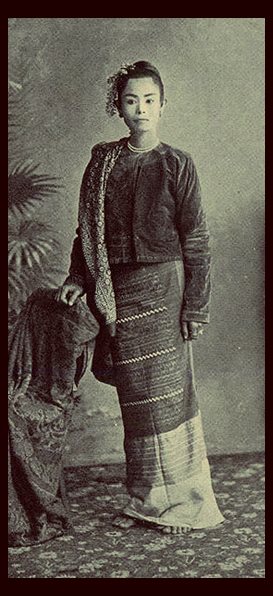
An unidentified Burmese lady in Mandalay 1905.
Read more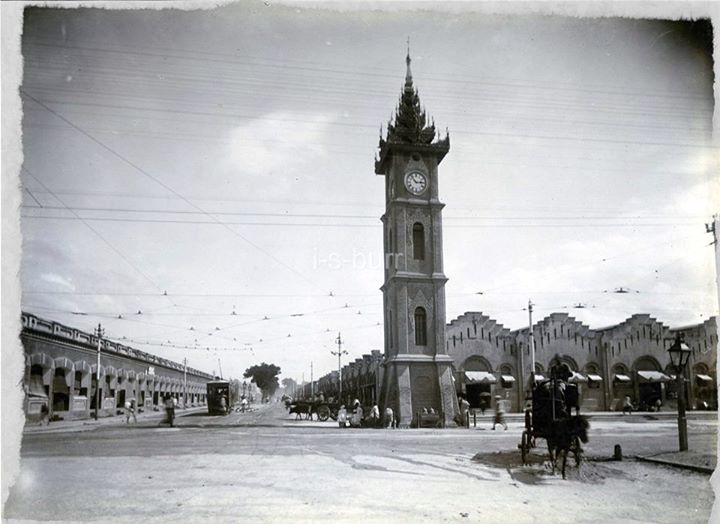
Downtown Mandalay 1905
Read more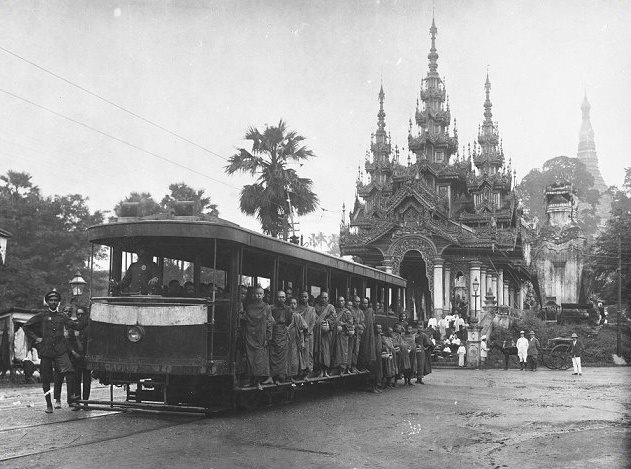
From the Shwedagon Pagoda to the Strand in ten minutes c.1905.
Read more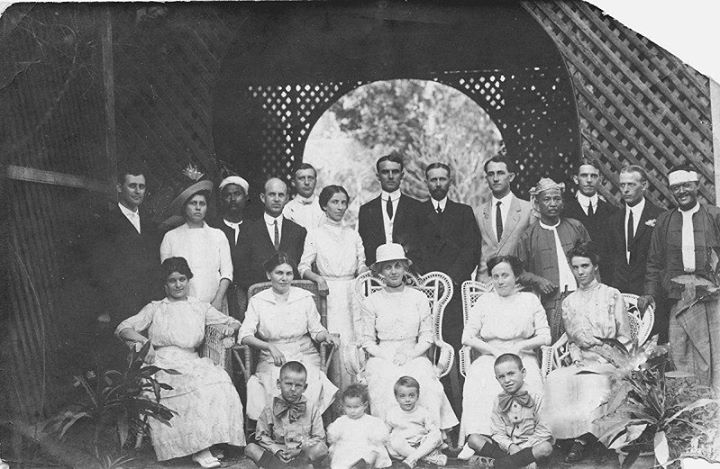
Americans and Burmese friends, Rangoon 1914
Read more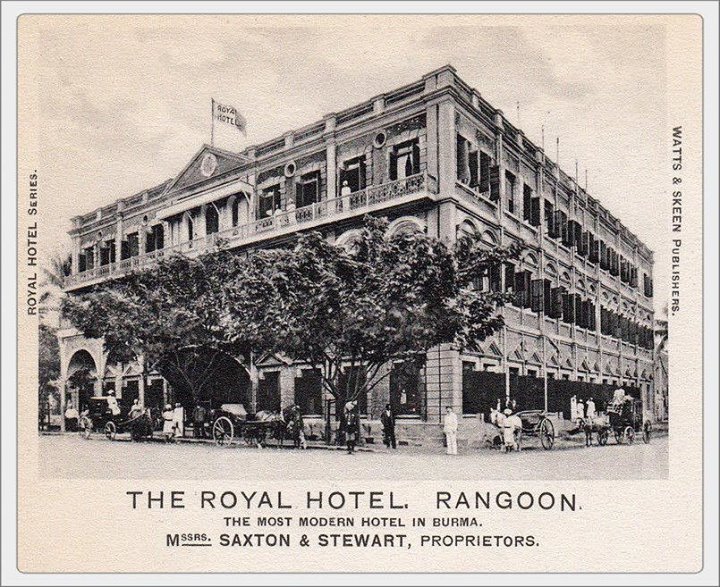
The Royal Hotel at 619 Merchant Street
Read more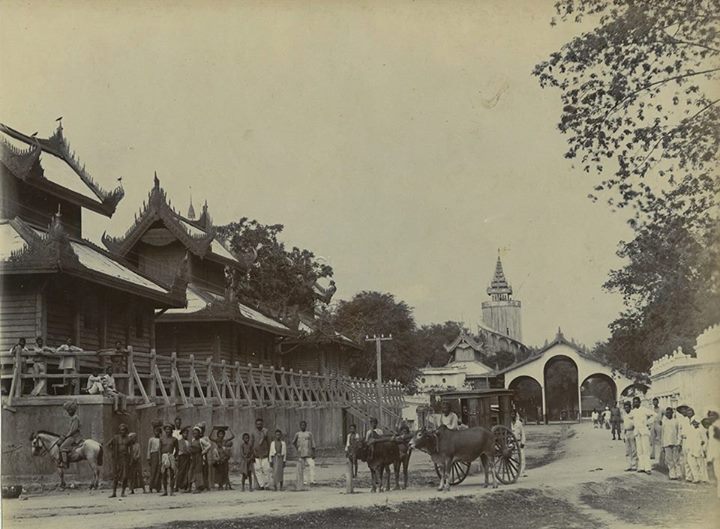
Mandalay within the old city walls c. 1905
Read more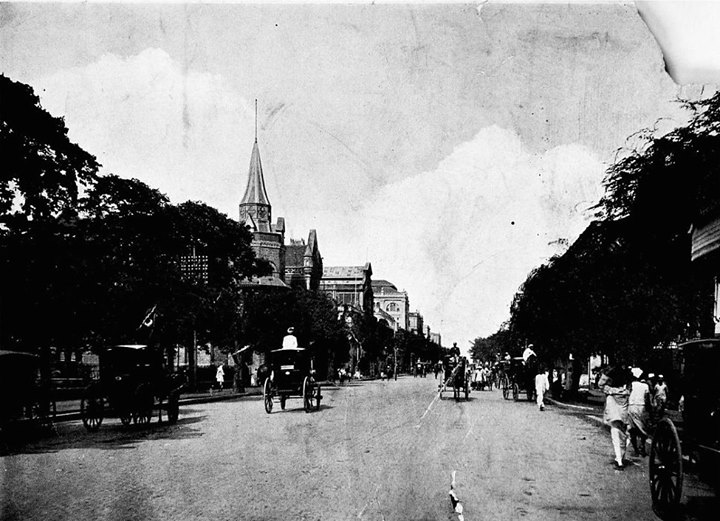
Merchant Street near the corner of Barr Street c. 1905.
Read more
Wingaba Road, Rangoon c. 1905
Read more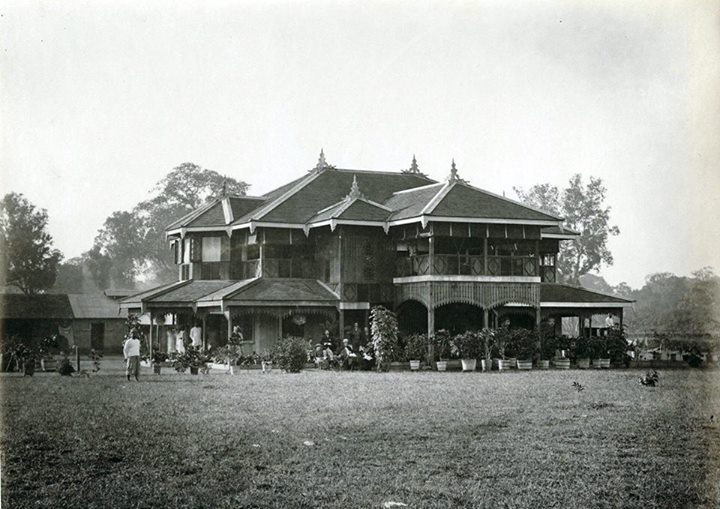
A pukka house in Burma c. 1905.
Read more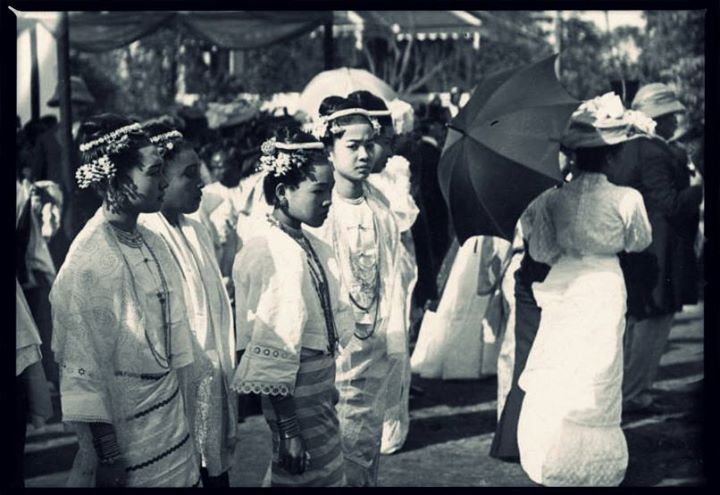
Burmese Ladies at the Sule Wharf c. 1906
Read more
Driving in style
Read more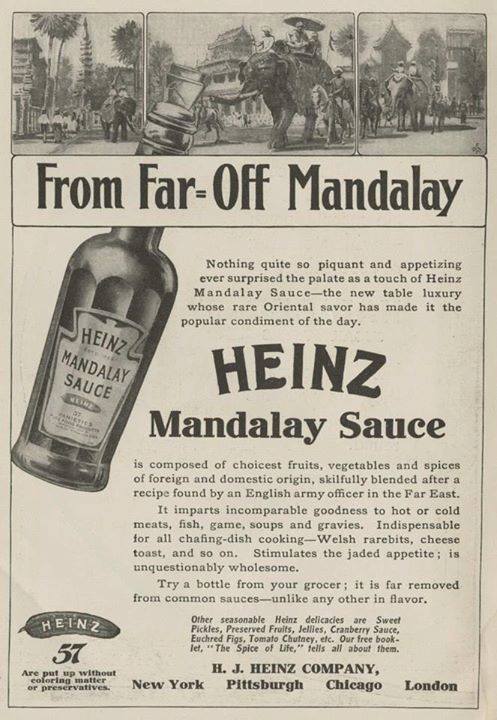
First sold in 1907: Heinz "Mandalay Sauce".
Read more
Burmese Ladies on Their Way to the Mandalay Bazaar c. 1907
Read more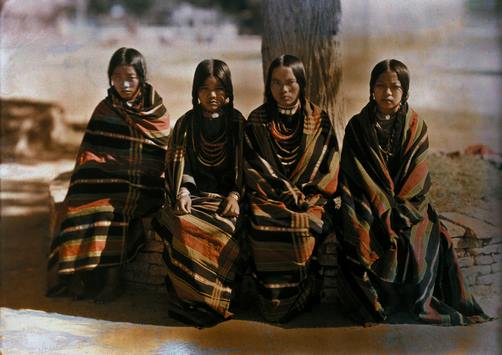
Chin ladies c. 1910.
Read more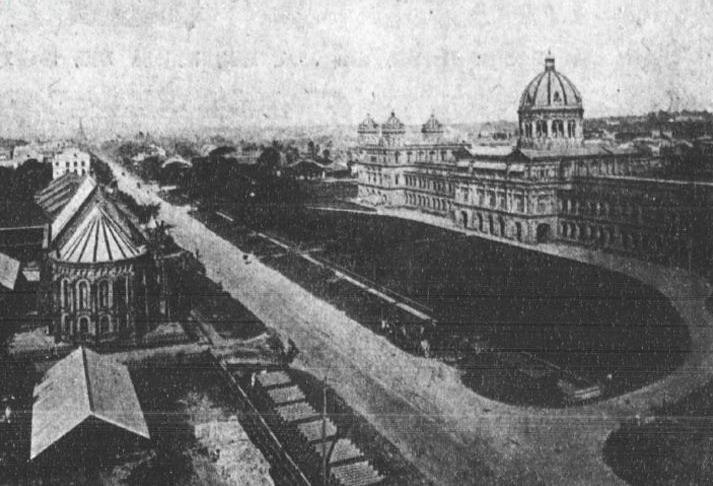
Dalhousie Street c. 1910
Read more
Strand Road in Prome (Pyay) c. 1910
Read more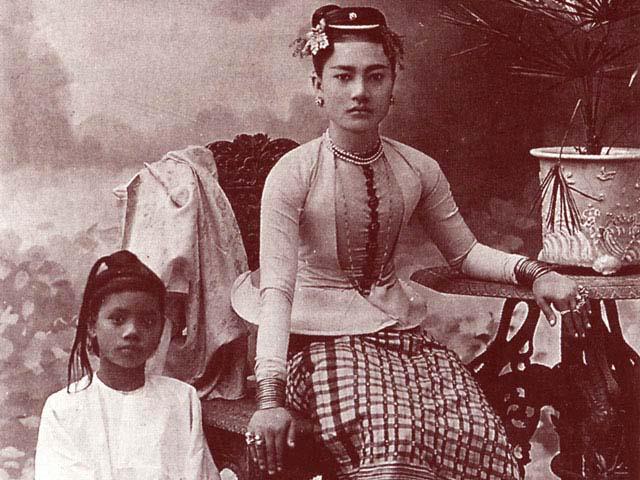
A New Year's greeting card from around 1910
Read more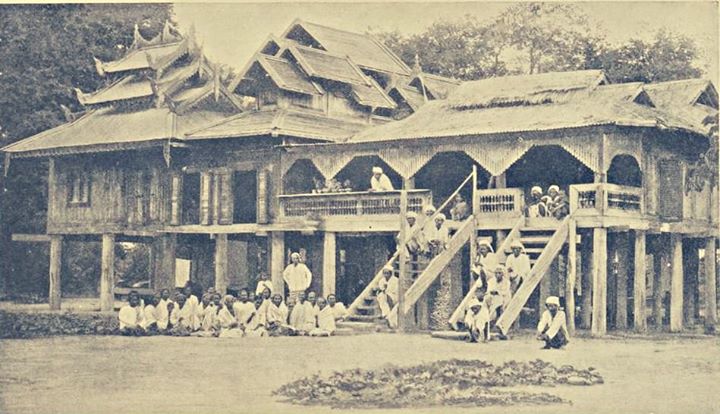
A village school c. 1910
Read more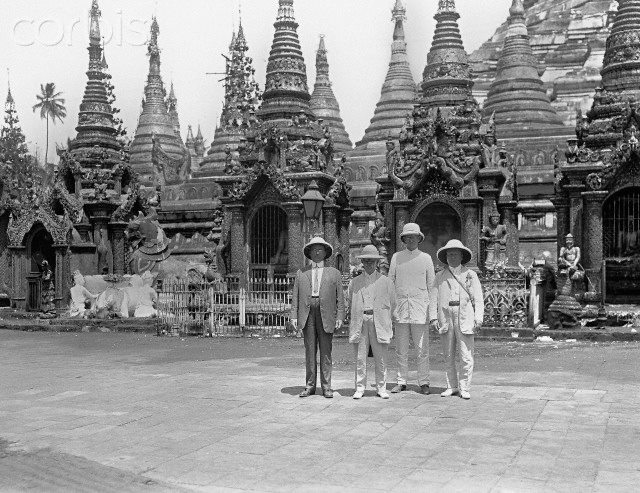
Germans on the Shwedagon c. 1911
Read more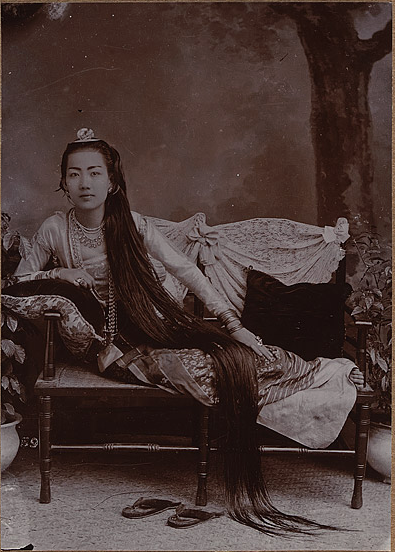
Portrait of an unknown Burmese lady c. 1914
Read more